Liturgical Ministries
In the Orthodox Church, there can be no Sunday Service, no Divine Liturgy, without the Priest and the People. The resplendent Divine Liturgy exists for one reason: so that we may worship the King of Kings together with the Angels and the Saints to be in communion with Him. It is a sacred and solemn service handed down by Jesus Christ and preserved for us through the ages, by the Apostles, Disciples, and Bishops. Many ministries at St. Nicholas support the main focus of our church, the Divine Liturgy.
ALTAR SERVERS
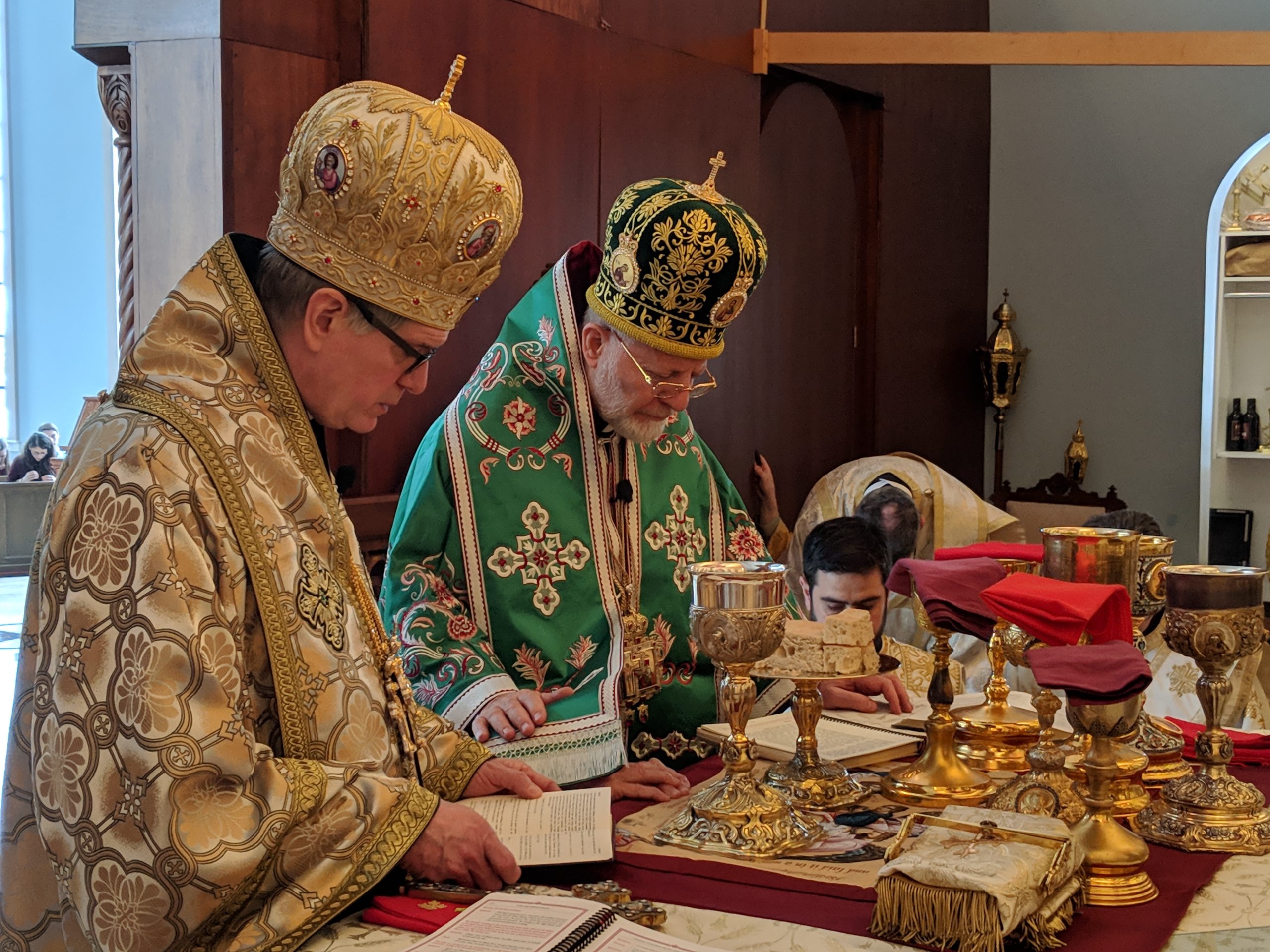
The priest is not alone at the altar when he guides his parishioners in the worship of the Triune God-Father, Son, and Holy Spirit. The Divine Liturgy is an hour-and-a-half long service Sunday morning at 10am,. centered around Holy Communion, the Eucharist. At St. Nicholas, there is a complement of altar servers attending to the priest and helping with the service: deacons, sub-deacons, and altar boys. Men of the church are trained to serve from the time they are nine years old. They all wear robes, vestments, and conduct themselves with reverence. Deacons chant and recite litanies and prayers, they read the gospel, help prepare the Holy Gifts, and administer communion. Altar boys carry crosses and lanterns and fans, light candles, prepare charcoal for incense, and set out blessed bread for the people. All boys of St. Nicholas are encouraged to undergo training to be altar servers.
CHANTERS

The sacred chant of the Orthodox Church is the Byzantine Chant. It is sung in eight tones changing weekly. Both men and women chant in the church, a cappella, during daily matins and vespers and at special services. They are assembled at the chanter’s stand not far from the altar. They chant during weddings, baptisms, and funerals. At St. Nicholas, chanters undergo training and practice every week.
CHOIR
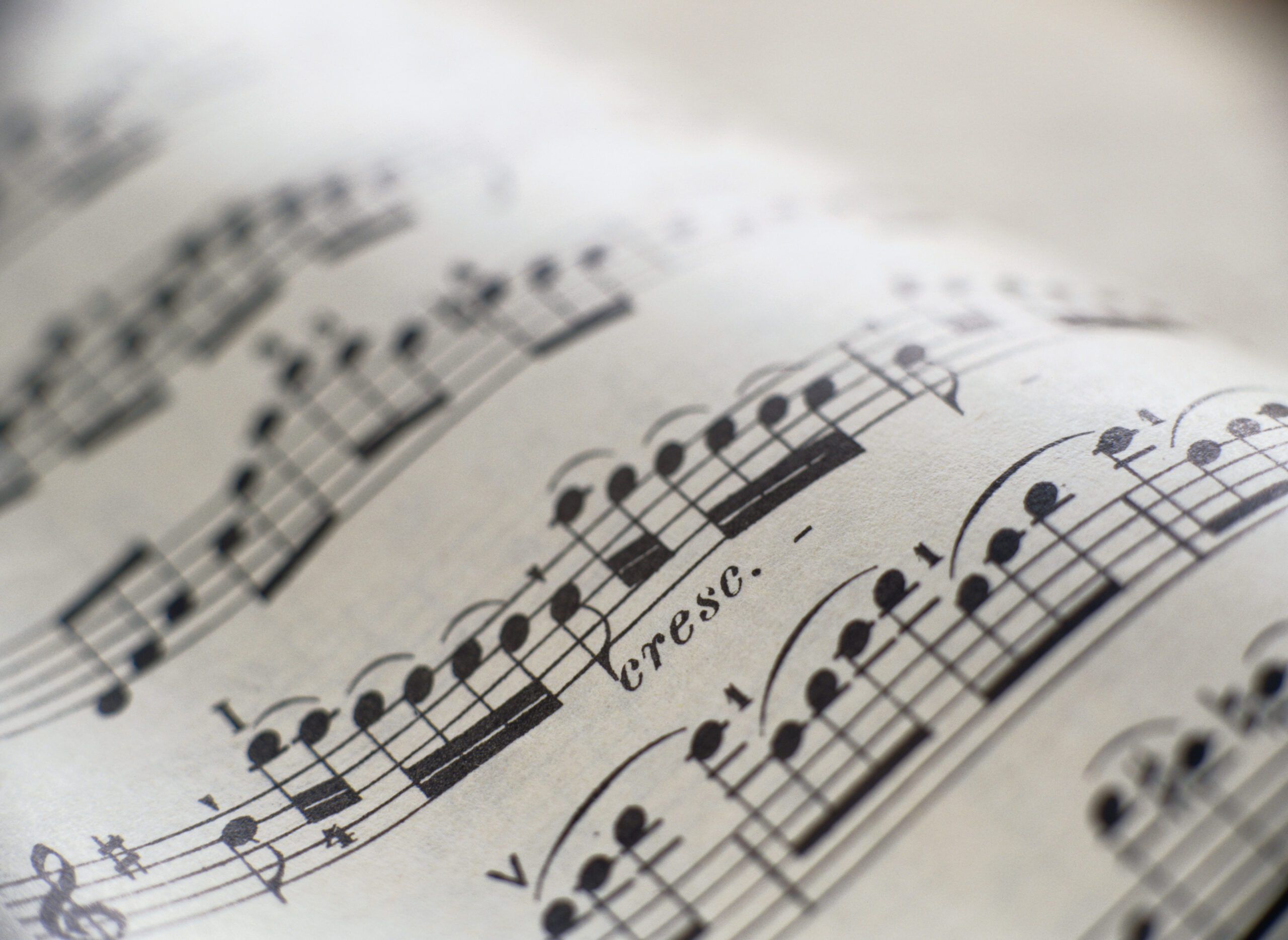
The music of the Orthodox Church is rooted in the Old Testament account by Isaiah of choirs of angels singing, “Holy, Holy, Holy” and “Alleluia” and “Amen.” In Orthodox worship, it is believed Heaven and Earth are united as we join our voices together in prayer and song.
There are two church choirs at St. Nicholas. One is the cherub choir made up of our young children who perform various times of the year. We also have a teen/adult choir that sings throughout Divine Liturgy, every Sunday morning, from the choir loft. In the pews, the congregation participates. Parishioners sing along and chant responses throughout the service.
CHECK BACK SOON FOR HYMNS SUNG BY OUR ST. NICHOLAS CHOIR
EPISTLE READERS
 Epistle readers are laypeople in the Orthodox Church. Both men and women, boys and girls can read the epistle. Volunteers go through training to learn the proper responses and practice their readings.
Epistle readers are laypeople in the Orthodox Church. Both men and women, boys and girls can read the epistle. Volunteers go through training to learn the proper responses and practice their readings.
SACRISTY

In the Orthodox Church, the altar always faces east. Only those altar servers who have reason to be in the altar area are allowed in that most sacred of places, where the body and blood of Jesus Christ is sanctified during the Divine Liturgy. To the north of the altar is a separate area, the sacristy. There the Holy Gifts are prepared, the bread and the wine. The utmost care, respect, and reverence are displayed in the handling of the vessels, chalice, veils, censers, and other implements used in the consecration of the bread and wine into the body and blood of Christ.
LITURGICAL PREPARATION

 Before Divine Liturgy begins, preparations are made. Holy bread used in the sacred service is baked by trained members of the church. There is a special recipe and a special seal placed upon the bread. During the liturgy, the priest cuts the bread in a specific way and says prayers over it. A certain part of the bread is consecrated and through the Holy Spirit, becomes the body of Christ. That is served during communion to the faithful who have prepared themselves with fasting, repentance, and prayer. The remainder of the bread is given to the entire parish at the end of the liturgy.
Before Divine Liturgy begins, preparations are made. Holy bread used in the sacred service is baked by trained members of the church. There is a special recipe and a special seal placed upon the bread. During the liturgy, the priest cuts the bread in a specific way and says prayers over it. A certain part of the bread is consecrated and through the Holy Spirit, becomes the body of Christ. That is served during communion to the faithful who have prepared themselves with fasting, repentance, and prayer. The remainder of the bread is given to the entire parish at the end of the liturgy.
Other preparations are made before the service, as well. Icons, holy pictures of Christ, the Mother of God, and the Saints are decorated for veneration during special feast days. These icons are not worshiped. They are considered “windows to heaven.” They show us Godly people and serve as a reminder of how we should live.
Special candles are set out and lit throughout the church year, different colors representing different feast days and the varying seasons of the church.
![]() “Everyone baptized into Christ should pass progressively through all the stages of Christ’s own life, for in baptism he receives the power so to progress, and through the commandments he can discover and learn how to accomplish such progression. To Christ’s conception corresponds the foretaste of the gift of the Holy Spirit, to His Nativity the actual experience of joyousness, to His Baptism the cleansing force of the fire of the Spirit, to His Transfiguration the contemplation of divine light, to His crucifixion the dying to all things, to His Burial the indwelling of divine love in the heart, to His Resurrection the soul’s life-quickening resurrection, and to His Ascension divine ecstasy and the transport of the intellect into God. He who fails to pass consciously through these stages is still callow in body and spirit, even though he may be regarded by all as mature and accomplished in the practice of virtue” – St. Gregory of Sinai Volume Four of The Philokalia.
“Everyone baptized into Christ should pass progressively through all the stages of Christ’s own life, for in baptism he receives the power so to progress, and through the commandments he can discover and learn how to accomplish such progression. To Christ’s conception corresponds the foretaste of the gift of the Holy Spirit, to His Nativity the actual experience of joyousness, to His Baptism the cleansing force of the fire of the Spirit, to His Transfiguration the contemplation of divine light, to His crucifixion the dying to all things, to His Burial the indwelling of divine love in the heart, to His Resurrection the soul’s life-quickening resurrection, and to His Ascension divine ecstasy and the transport of the intellect into God. He who fails to pass consciously through these stages is still callow in body and spirit, even though he may be regarded by all as mature and accomplished in the practice of virtue” – St. Gregory of Sinai Volume Four of The Philokalia.
The Nativity of the Theotokos is one of the Great Feasts of the Orthodox Church. The Holy Virgin and Theotokos Mary was born to elderly and previously barren parents by the names of Joachim and Anna, in answer to their prayers.






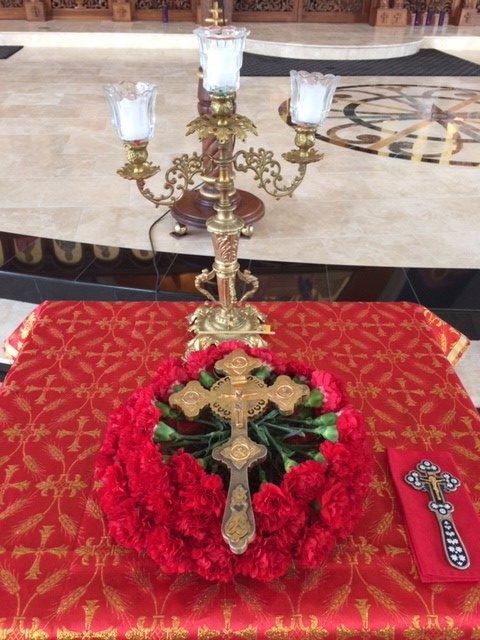


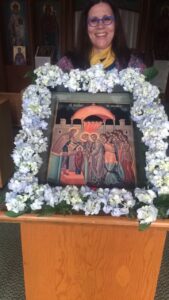


USHERING
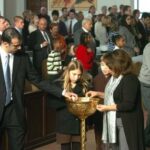 A mission of St. Nicholas Church is to share the richness of our faith that is Orthodoxy. Many people seeking the sacramental New Testament Church find their way to our door. Ushers are the first to meet them and greet them and set them on a course of exploration of the Antiochian Orthodox Church. Ushers present and explain some of the more unfamiliar aspects of Orthodoxy, including venerating icons, lighting candles and incense, making the Sign of the Cross and sharing blessed bread at the end of our service. Each guest is invited to stay and ask questions, observe the iconography, visit the bookstore or join us in the gathering hall for coffee hour. Most of the non-Orthodox visitors who come to St. Nicholas have never looked closely into our Faith or experienced an Orthodox Liturgy before. We want our guests to leave feeling welcomed and with a better understanding of our Orthodox Christian faith.
A mission of St. Nicholas Church is to share the richness of our faith that is Orthodoxy. Many people seeking the sacramental New Testament Church find their way to our door. Ushers are the first to meet them and greet them and set them on a course of exploration of the Antiochian Orthodox Church. Ushers present and explain some of the more unfamiliar aspects of Orthodoxy, including venerating icons, lighting candles and incense, making the Sign of the Cross and sharing blessed bread at the end of our service. Each guest is invited to stay and ask questions, observe the iconography, visit the bookstore or join us in the gathering hall for coffee hour. Most of the non-Orthodox visitors who come to St. Nicholas have never looked closely into our Faith or experienced an Orthodox Liturgy before. We want our guests to leave feeling welcomed and with a better understanding of our Orthodox Christian faith.
Besides greeting, our ushers take up the tithe collection, manage the liturgical books in the pews and the candles that parishioners light in the Narthex, and they oversee the security of the premises. They are often the first laypeople to arrive and the last to leave.
